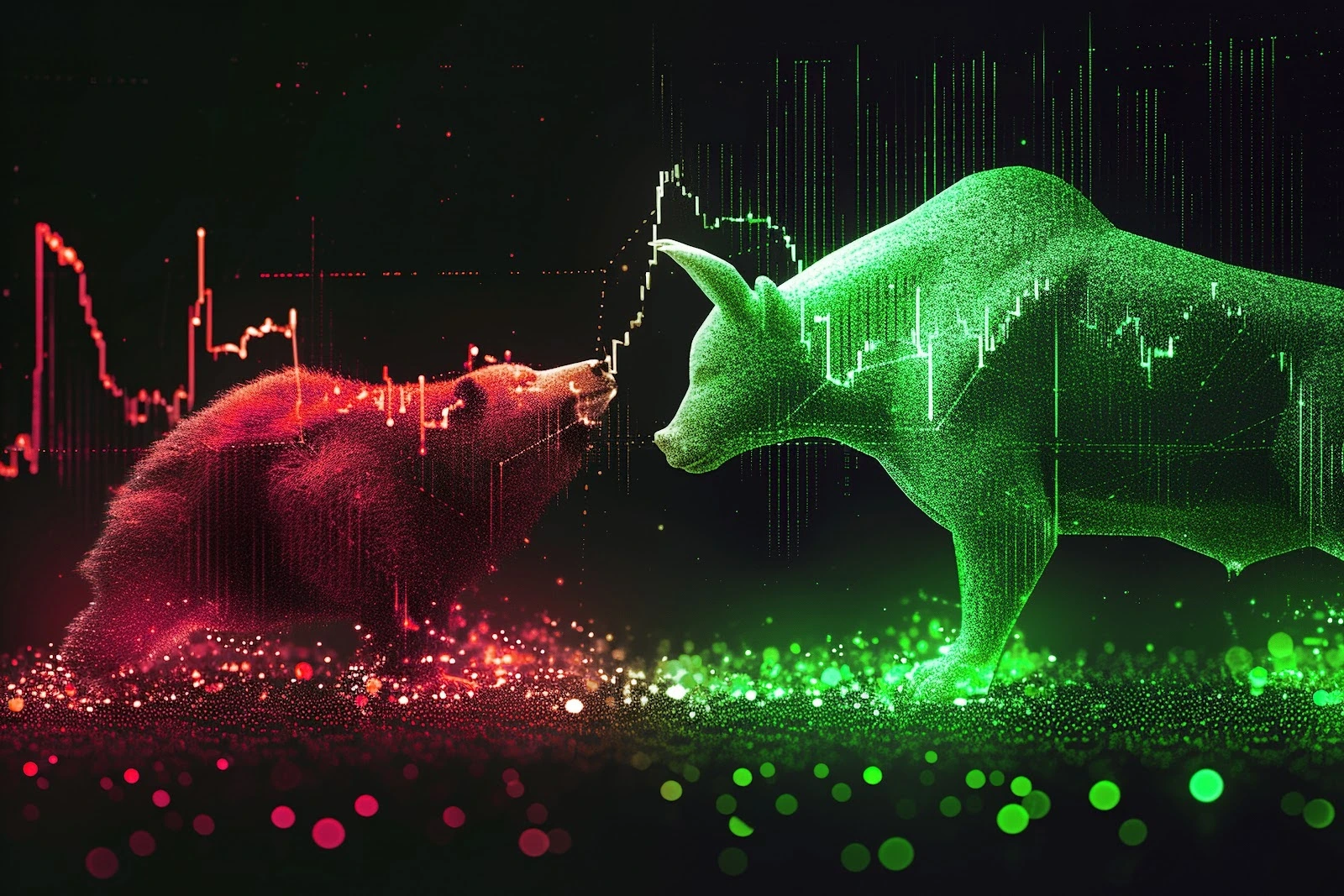Crypto Market Struggles, But No Need to Panic as Bitcoin Will Regain Momentum
19.12.2024 11:00 1 min. read Alexander Zdravkov
As we near the close of 2024, anticipation is building for a significant Bitcoin (BTC) rally in the upcoming year.
Despite the ongoing market correction, which saw Bitcoin dropping below $100,000, investor optimism remains high with high expextations for next year.
Analysts from Bitfinex have raised expectations for the cryptocurrency, projecting that Bitcoin could hit $200,000 by mid-2025. According to their analysis, a major catalyst for this potential surge is the growing institutional adoption of Bitcoin, which is expected to ramp up throughout 2025, creating substantial upward pressure on the asset’s price.
The experts foresee that any dips in Bitcoin’s value will be brief and relatively mild, thanks to the ongoing institutional interest. The first quarter of 2025 could see some volatility, but the long-term outlook remains bullish. They predict a mid-2025 price of around $145,000, with the possibility of a high of $200,000, depending on market conditions.
Bitfinex analysts also considered other scenarios in their forecast. If Bitcoin follows a trajectory similar to its 2021 cycle, with a 40% rise above its moving averages, it could reach an astonishing $339,000 this time around.
However, a repeat of the 2017 cycle, characterized by a more significant downturn in BTC’s performance, could see Bitcoin peak closer to $290,000 in early 2026—although this scenario is considered less likely.
-
1
BNB Chain Upgrades and Token Delistings Reshape Binance Ecosystem
16.07.2025 22:00 2 min. read -
2
Most Trending Cryptocurrencies on CoinGecko After Bitcoin’s New ATH
11.07.2025 19:00 2 min. read -
3
Altcoin Supercycle? Analysts Signal ‘Banana Zone 2.0’ as Market Erupts
13.07.2025 19:00 2 min. read -
4
Solana Price Prediction: SOL Could be Ready to Move to $225 After Breakout
21.07.2025 17:14 3 min. read -
5
Ethereum Tops $3,285 for First Time Since January
17.07.2025 7:00 1 min. read
Where Is The Smart Entry Point For Bitcoin Bulls?
With Bitcoin hovering near $119,000, traders are weighing their next move carefully. The question dominating the market now is simple: Buy the dip or wait for a cleaner setup?
Matrixport Warns of Bitcoin Dip After Hitting This Target
Bitcoin has officially reached the $116,000 milestone, a level previously forecasted by crypto services firm Matrixport using its proprietary seasonal modeling.
Interactive Brokers Weighs Stablecoin Launch
Interactive Brokers, one of the world’s largest online brokerage platforms, is exploring the possibility of issuing its own stablecoin, signaling a potential expansion into blockchain-driven financial infrastructure as U.S. crypto regulation begins to ease.
BNB Coin Price Prediction: As BNB Chain Daily Transaction Volumes Explode Can It Hit $900?
Trading volumes for BNB Coin (BNB) have doubled in the past 24 hours to $3.8 billion as the price rises by 7%. This favors a bullish BNB Coin price prediction at a point when the token just made a new all-time high. BNB is the second crypto in the top 5 to make a new […]
-
1
BNB Chain Upgrades and Token Delistings Reshape Binance Ecosystem
16.07.2025 22:00 2 min. read -
2
Most Trending Cryptocurrencies on CoinGecko After Bitcoin’s New ATH
11.07.2025 19:00 2 min. read -
3
Altcoin Supercycle? Analysts Signal ‘Banana Zone 2.0’ as Market Erupts
13.07.2025 19:00 2 min. read -
4
Solana Price Prediction: SOL Could be Ready to Move to $225 After Breakout
21.07.2025 17:14 3 min. read -
5
Ethereum Tops $3,285 for First Time Since January
17.07.2025 7:00 1 min. read


